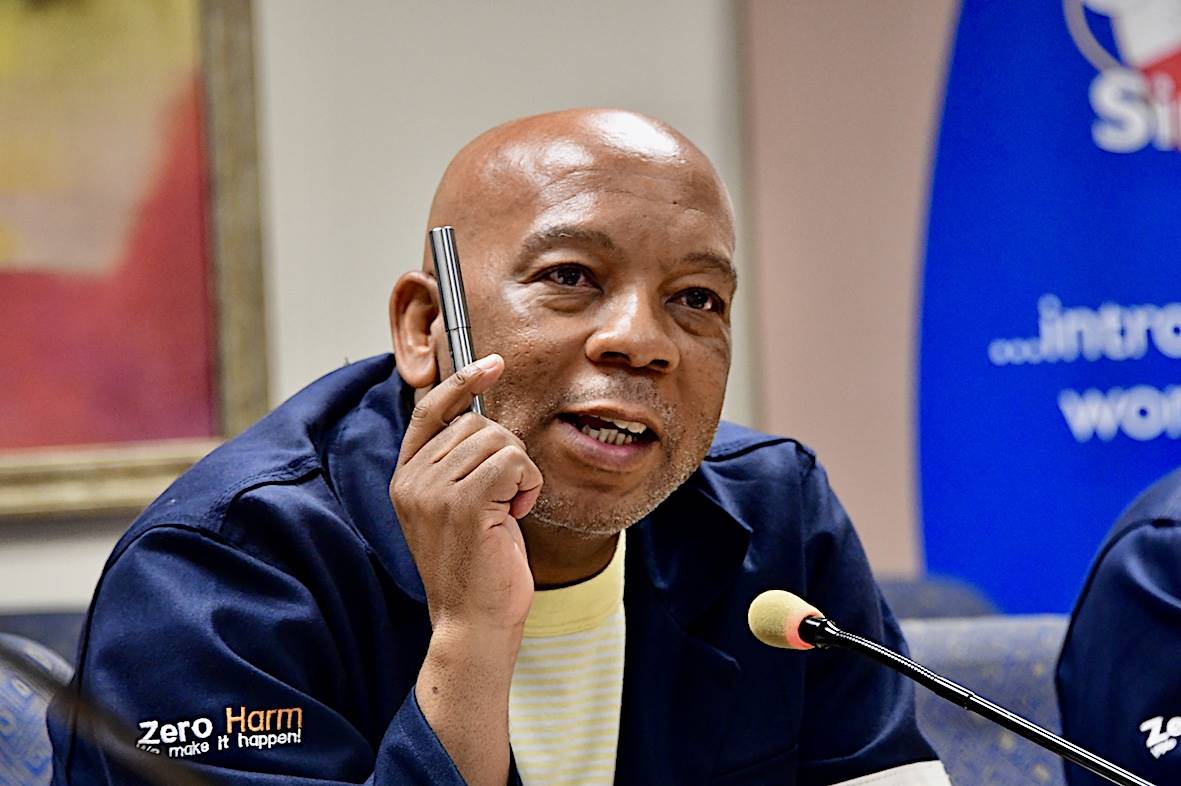President Cyril Ramaphosa has revealed the functions and powers of the newly appointed electricity minister, Kgosientsho Ramokgopa, who was selected in March to address the severe issue of load shedding in South Africa. Load shedding has resulted in power outages lasting up to 12 hours a day, creating significant challenges for the country. Ramokgopa’s primary responsibilities include the procurement of new generation capacity and ensuring the security of electricity supply.
One of the key tasks assigned to Ramokgopa is the development of a transmission expansion plan that aligns with the anticipated electricity demand, as outlined in the integrated resource plan. This particular duty was previously under the purview of Gwede Mantashe, the Minister of Mineral Resources and Energy. By transferring this responsibility to the Minister of Electricity, President Ramaphosa aims to streamline and centralize decision-making processes related to electricity generation and transmission.
In an official statement released by the Office of the Presidency, it was announced that President Ramaphosa has transferred to the Minister of Electricity all the powers and functions stated in Section 34(1) of the Electricity Regulation Act, which were previously entrusted to the Minister of Mineral Resources and Energy. This transfer grants Ramokgopa the authority, in consultation with the National Energy Regulator of South Africa (Nersa), to determine the required new generation capacity necessary to maintain a consistent and uninterrupted supply of electricity.
Moreover, he has the power to determine the energy sources from which electricity should be generated and the corresponding percentages of electricity to be derived from each source. Additionally, the president has delegated other powers and functions to the electricity minister, enabling him to determine the methods by which electricity is produced.
The statement from the Presidency emphasizes that Ramokgopa will work closely with the Eskom board and management on a full-time basis to effectively eliminate load shedding and promptly implement the Energy Action Plan introduced by President Ramaphosa. The redistribution of powers and functions aims to facilitate efficient coordination and dedicated efforts in addressing the pressing electricity crisis.
The appointment of a dedicated electricity minister, along with the explicit delineation of responsibilities, underscores the government’s commitment to tackling the electricity challenges that have plagued South Africa for an extended period. Load shedding has had severe implications for various sectors, including residential, commercial, and industrial, causing disruptions to daily life, economic activities, and overall development.
President Ramaphosa’s decision to entrust Ramokgopa with significant powers and functions signifies the government’s recognition of the urgency and gravity of the electricity crisis. By centralizing decision-making and streamlining the process, the president aims to expedite the implementation of long-term solutions and alleviate the burden on the populace.
The collaboration between the Minister of Electricity and the National Energy Regulator of South Africa (Nersa) is crucial in determining the appropriate generation capacity needed to meet the electricity demands of the nation. This partnership will ensure a comprehensive evaluation of the country’s energy requirements and the subsequent procurement of adequate generation capacity from diverse energy sources.
Ramokgopa’s role in determining the types and proportions of energy sources for electricity generation demonstrates a commitment to embracing a diversified energy mix. This approach aims to enhance the country’s energy security, reduce dependency on a single energy source, and promote sustainability by incorporating renewable energy sources into the electricity generation framework.
The close collaboration between the Minister of Electricity, Eskom board, and management is pivotal in formulating effective strategies to address load shedding and implement the Energy Action Plan. By working together, these entities can pool their expertise, resources, and knowledge to develop innovative solutions, enhance operational efficiency, and ensure the seamless delivery of electricity to all sectors of society. The delineation of powers and functions bestowed upon the electricity minister reinforces the government’s dedication to resolving the electricity crisis promptly and effectively.

